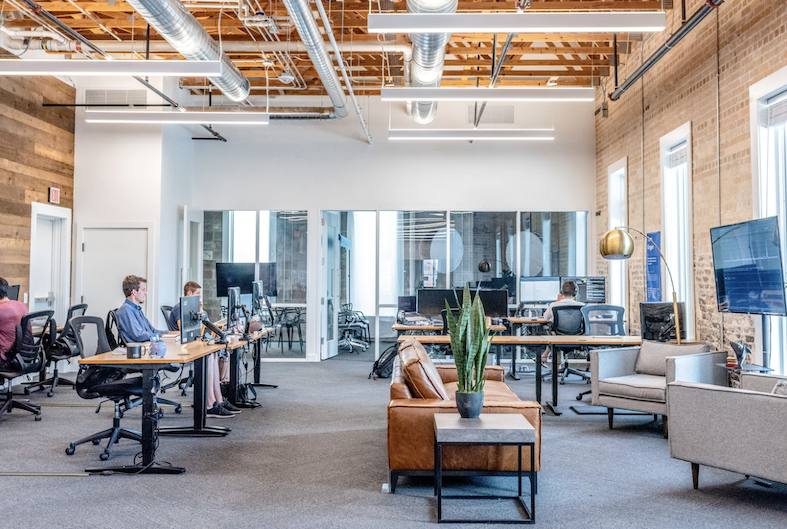Choosing an office space is a major decision for a small business.
What makes a “perfect” office varies by business, though. Your company might succeed with a traditional office layout, co-working spaces, or a mix of both.
When choosing an office, consider what your business and your employees need to succeed. This means considering factors such as public transport, parking options, and office design.
Use this guide to select an office that works for both your company, your employees, and your brand.
1. Proximity to Public Transport
Businesses with offices close to public transportation find it easier to recruit and retain employees.
According to Clutch’s research, almost 47% of offices are near public transportation.
Choosing an office near a metro, train, or bus stop allows you to recruit employees from outside your immediate area.
In cities such as San Francisco, for example, employees without cars are limited to offices near to a BART (Bay Area Rapid Transit) light rail stop.
Offices near to public transport can help to shorten commute times, which appeals to workers.
Public transport is a way for employees to reclaim valuable time that would otherwise be lost in their commute. A 30 minute metro ride allows people to read, listen to music, or complete work,, while a long drive to the office demands full concentration on the commute.
Find an office location close to public transport to make your office accessible and convenient to the people who work there.
2. Provide Parking Options
Parking can be stressful for employees who drive to work.
Research shows that 70% of people drive to work alone, meaning that your office location should provide nearby parking options.
The average car commute is 26.1 minutes long and gets longer and more stressful if parking is hard to find.
“The last thing you want to do is to spend time and be late [to work] all because you were trying to find parking,” said John Rampton, founder and CEO of scheduling software Calendar. “That is an unnecessary waste of time that can be avoided by offering parking.”
Consider office spaces with included parking to help improve employees’ quality of life. Otherwise, the commute can lead to fatigue, burnout, and employee churn.
3. Select for Traditional and Co-Working Office Functions
The modern workplace is evolving, meaning there’s no longer a standard layout for offices.
Small businesses should choose an office space that provides a blend of traditional and co-working functions.
This is because employees prioritize having a private office, but also want access to varied work areas such as quiet spaces, collaborative spaces, and meeting rooms.
Productivity and workplace satisfaction improve when workers are provided a variety of spaces to accomplish tasks successfully.
Balance the needs of your employees with the needs of your business when choosing an office.
According to Clutch, most employees (29%) prefer to split their work time between remote and in-office work.
Businesses with remote workers must find an office with spaces for remote workers when they come to the office.
Ultimately, you should select an office that can be made into a fun, social, and productive space for all employees.
Solicit feedback from staff to ensure that your office aligns with what they need and want from a workspace.
4. Find an Office With Room To Grow
Your office must be able to accommodate the employees you’ll hire as your business grows.
Landlords prefer lease terms of three to five years. A potential office space should be spacious and comfortable for current staff but also for employees hired during the lease term.
If you can’t afford to rent an office that allows for growth, try to negotiate a shorter lease. You can also negotiate for the right to move into an adjacent office when a suitable space becomes available.
A commercial real estate company can help small businesses to find and secure an office without undue hassle and hidden fees.
Office relocation is a difficult process for both businesses and employees, so it’s best to choose an office that you can grow into.
Choose the Right Office for Your Small Business
Increasingly, a company’s office impacts its ability to attract and retain quality staff.
Choose your office based on its proximity to public transport, its varied workspaces, parking options, and room for growth.



